Ukrainian valuable historical artifacts attempted to be smuggled out of country
 Valuable historical items were attempted to be sent to the USA (photo: RBC-Ukraine collage)
Valuable historical items were attempted to be sent to the USA (photo: RBC-Ukraine collage)
Ukrainian customs officials seized porcelain figurines and a collection of documents dating from the 19th to the 20th centuries from a shipment that was attempting to be sent to the United States, reports the Kyiv Customs Service.
What is known about the confiscated items
The Ukrainian customs officials discovered a package containing cultural and historical valuables, including small-scale Ukrainian Soviet sculptures and a collection of documents, during a customs inspection, and they intervened to prevent their unlawful exportation, as stated in the announcement.
The international postal shipment with four small sculptures and nineteen documents and photos with signs of antiquity was being sent from Zaporizhzhia to the United States.
The customs authorities have sent the confiscated items to the National Museum of Ukrainian History for an examination to determine whether they belong to cultural heritage.
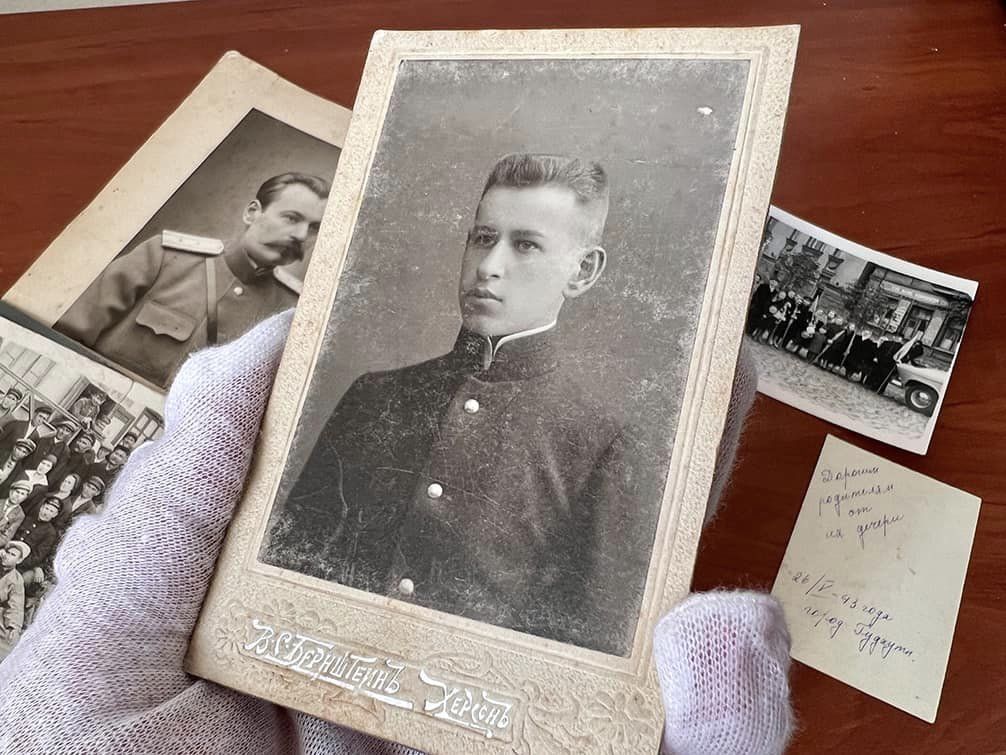
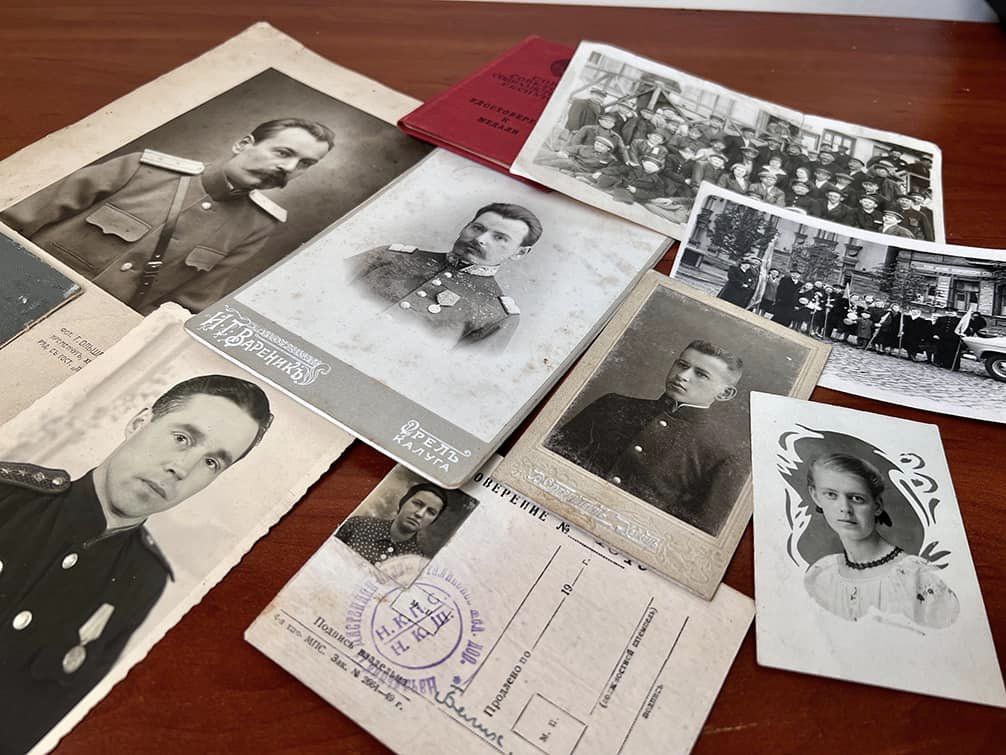
Confiscated valuable documents from the shipment (photo: facebook.com/Kyiv Customs)
What did the examination reveal
Experts have determined that the four porcelain figurines are Ukrainian Soviet small-scale sculptures from the 1950s-1970s. They were produced at leading Ukrainian porcelain factories of their time: the Kyiv Experimental Ceramics and Artistic Production Plant and the Horodnytsia Porcelain Factory, both of which no longer exist today.
Three of the figurines - "Galynka," "Cosmonaut-Photographer," and "Cosmonaut on the Moon" - hold cultural and historical value. The figurine "Collective Farm Woman" holds historical value.
The seven documents and photos dating from 1891 to 1925 have been identified by experts as part of the Sushko family collection, which includes records of the father and his children. These family documents are also recognized as cultural and historical treasures, as they collectively represent significant socio-political processes in Ukrainian history. They tell the story of postal service in Ukraine, the origin, and social status of transportation and communication officials in modern Ukraine.
Furthermore, among the confiscated items, there are twelve different documents and photos that experts have identified as historical treasures. Some of them are related to Ukraine, especially during the formation of the Soviet state and industrialization in the 1930s-1940s. Consequently, these items may be included in museum collections for representation.
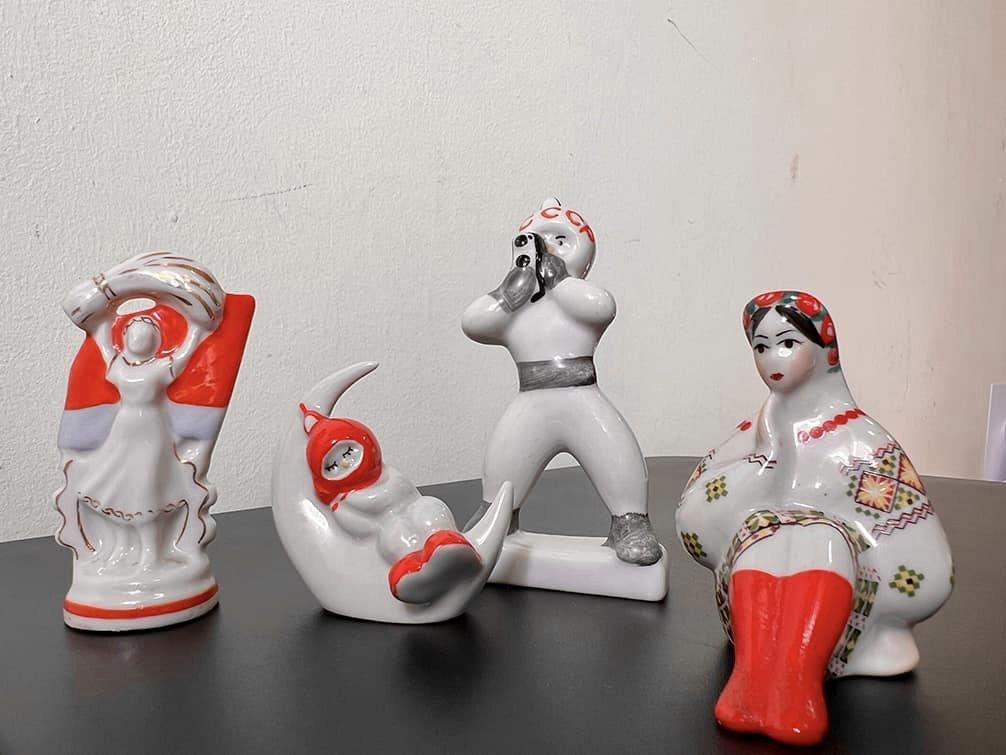
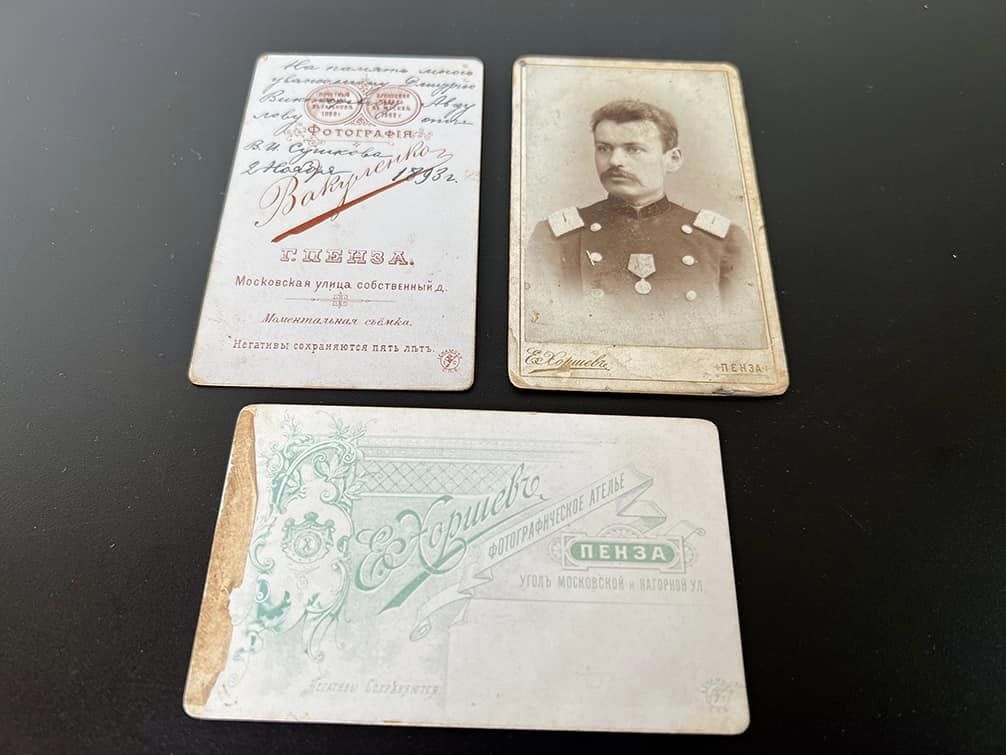
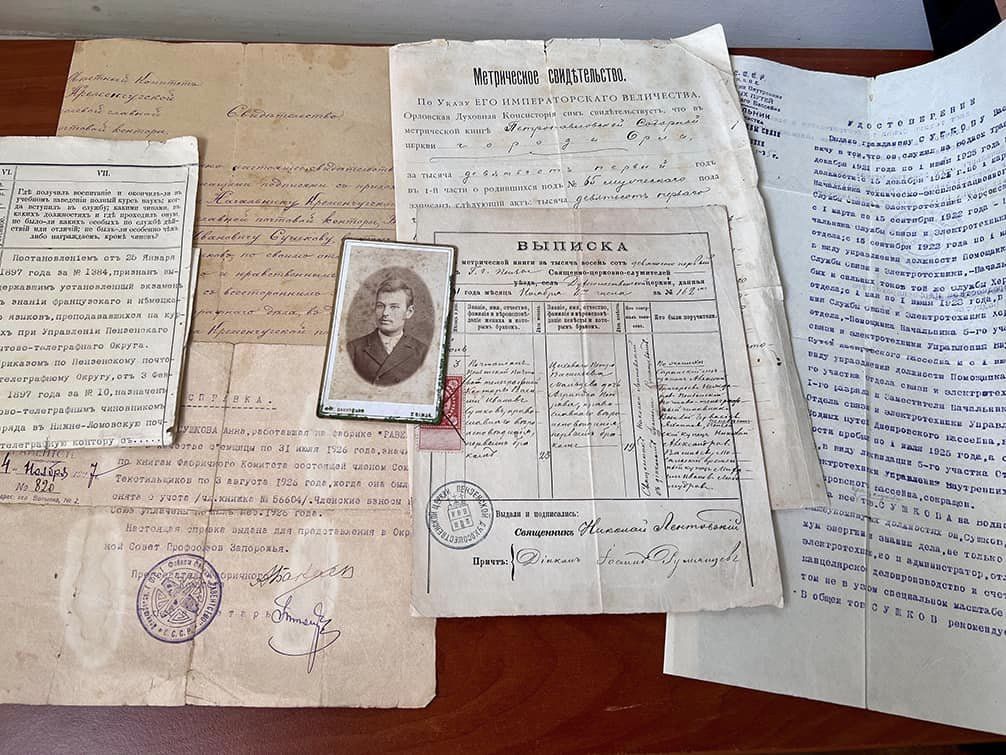
Confiscated valuable documents from the parcel (photo: facebook.com/Kyiv Customs)
A special permit is required for the export of cultural treasures
Customs officials explain that for the export of cultural treasures abroad, a corresponding certificate from the Ministry of Culture of Ukraine is required. The sender did not possess such a document. Therefore, a protocol for violating customs rules under Article 473 of the Customs Code of Ukraine was drawn up against the sender, and the cultural and historical treasures from the parcel were confiscated.
Experts also note that there is currently a certain interest among collectors in the author's works of the Kyiv Experimental Ceramics and Artistic Porcelain Works in Horodnytsia.
"Considering that the national porcelain industry practically ceased to exist at the beginning of the 21st century, and the works of Ukrainian artists from the 50s to the 70s of the 20th century have become rare authorial specimens, their place is in museum collections as objects of Ukrainian decorative and applied professional art," the experts write.
They also point out that it is challenging to find a similar type of documentary complex in the Museum Fund of Ukraine that could simultaneously illustrate the events and phenomena of Ukraine's history during that period.

